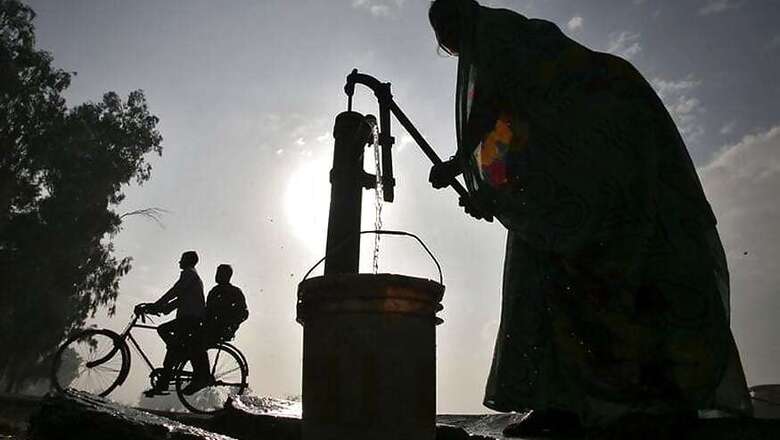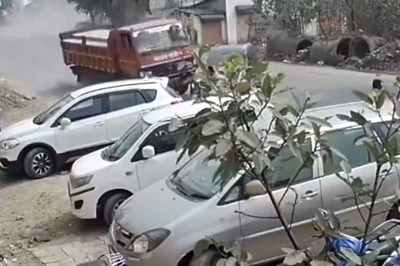
views
New Delhi: Groundwater quality in Rajasthan has been hit by the simultaneous presence of man-made pollutants and naturally occurring toxic minerals, a study by the Duke University India Initiative has found.
As part of the initiative, researchers tested 243 groundwater wells across the state to probe the presence of multiple contaminants in groundwater. What they found was that over three-quarters of the tube wells and hand pumps contain contaminants such as fluoride, nitrate and uranium. The levels of contamination at these drinking water sources exceed the levels set by the World Health Organisation (WHO) and the current Indian norms.
Lead author of the study, Avner Vengosh, in an interview to news outlet Mongabay-India said that while geogenic contaminants like fluoride and uranium found in the aquifer may go unnoticed because of their natural occurrence, manmade contaminants from agriculture and domestic sewage keep authorities on their toes.
The team used isotope geochemistry to separate uranium and fluoride in the aquifer rocks, and human-made contaminants like nitrate which originate from untreated sewage and fertilisers leaking into the groundwater system. That a combination of geogenic (natural or geologic) and anthropogenic (or man-made) contaminants have affected the groundwater of India’s largest state by area is not Vengosh’s first research on water in India. Earlier, he had also found widespread uranium contamination in the country’s groundwater.
However, the latest study raises concerns over the ingesting of uranium and fluoride which leads to ailments like kidney disease and brittle bones after long term exposure. Nitrate contamination triggers acute illnesses especially among the young and the old.
Mongabay-India also quoted Vengosh as saying that all these contaminants can be removed from the water supply with “established water treatment protocols”. However, Anjali Singh, co-researcher of the study, noted that natural contamination can be treated at the point of use. However, she declared that natural contamination cannot be treated at the source even if manmade pollutants at the source may be treated.
A possible reason for the large scale contamination, the study argues, is due to the arid to semi-arid geology of the area. Adding to this is the rainfall driver recharge of the groundwater. The anthropogenic contamination, however, occurs due to the water used for agriculture which increases the natural contamination.
As a word of caution, Singh forewarns that Rajasthan's reliance on groundwater makes the situation more concerning. Most anthropogenic pollution factors include over-pumping and pollution from wastewater, she was quoted by Mongabay-India as saying.
Indeed, Singh, who is based at the department of geology at the Mohanlala Sukhadia Univerity in Rajasthan, points towards a graver danger in the unchecked consumption of groundwater. The study found a special category of emergent pollutants called disinfection byproducts (DBP) in treated water in the dry state. DBPs form when the chemicals such as chlorine used to treat water react with minerals in water to form harmful compounds.
The researchers have found high concentrations of dissolved organic carbon (DOC), halides and nitrate in the groundwater in sampled areas. The discovery of these compounds increases the likelihood of the formation of DBPs in waters treated with chlorine.
“Given the concentrations of halogens and DOC we found in many of the investigated groundwater in Rajasthan, and the evidence for wastewater contamination reported in this study, DBPs should be an important point of consideration for future water studies and water management in Rajasthan,” the authors write in the study.
However, Vengosh and Singh both believe India’s existing monitoring system of water pathways and its source is not enough. “A major organisation restructure and modification is required to change this situation,” Mongabay-India quoted Vengosh as suggesting that there are gaps in the current water policy.
Singh forwarded a more focused solution. She said that the country needs to improve on updating the present water quality infrastructure and ensuring consistent water quality data. In the interview with Mongabay-India she also suggested that more resources need to be devoted to updating quality monitoring infrastructures, which "means improved facilities and infrastructure for measuring quality".

















Comments
0 comment